By Kyle Brewer - Nossa Familia Barista & Roaster, and Karen Lickteig - Nossa Familia Marketing & Events Manager
We see them everywhere in specialty coffee - on bags, labels, in descriptions of coffee: special notes on the coffee processing methods. But what do these words really mean, and why should we care how our coffee is processed? Natural, washed, pulped natural, honey process - these are the most common ways that freshly picked coffee cherries are processed at the farm level.

Earlier this year, some of the Nossa Familia team traveled to Guatemala during coffee harvest time and got an inside look into the processing of coffee. It’s difficult to understand all of these different terms until you see the coffee plant and fruit up close, and witness the processing happen before your eyes. Each step takes great care and patience on the part of the farm workers.
After the coffee cherries are harvested, they enter the processing stage which includes washing, fermenting, drying, and sorting. The two primary processing method categories are “natural” coffees, which go immediately to the drying phase while still in the fruit after a quick rinse, and “washed” coffees, which are first de-pulped (the fruit is removed from the bean) and fermented before entering the drying phase. In Guatemala, we visited two cooperatives: San Miguel Escobar and La Armonia Hermosa. These co-ops collect coffee from multiple small farms and share processing resources. We also visited one large coffee farm, Finca San Jeronimo Miramar, which hulls and processes their own coffee.
Natural Process
With natural processed coffee, the coffee cherries are put into large tanks of water for density sorting after harvest. Unripe and undeveloped coffees will float to the top, signifying lower quality coffee. Water is drained and coffee goes to the patio for drying with the fruit still intact. The fruit normally remains drying on the patios for over a week, and the coffee cherries are mixed manually by paddles to promote even drying and prevent rotting or over-fermentation. Once the coffee is dried to a specific moisture content (10-12%) it goes to a mill to be hulled and ready for mechanical sorting to further remove less dense beans, plant matter, shells, etc before entering the bagging and export phase.


Washed Process
In the washed process, coffee is first de-pulped before entering the drying phase. On smaller farms with fewer resources, coffee is often de-pulped with a bicycle or hand cranked de-pulper (as at San Miguel Escobar) and on larger farms it is typically de-pulped in motorized mechanical de-pulpers (as at San Jeronimo Miramar). The outer fruit layer is gently removed leaving the beans ready to be sorted, washed, and dried. Typically the coffee is placed in tanks of water, where less dense (and therefore lower quality) beans will float to the top and be removed from the final product entering the specialty market.



We tested Timoteo Minas's bicycle depulper, which uses a flywheel-style bicycle mechanism to move the coffee cherries through metal grates, thereby removing the skins.

At San Jerónimo, coffee was run through channels of running water to further sort coffee by density (density correlates to better development of coffee bean, thus higher quality). After sorting, coffee is left to dry on a patio in the sun or on raised beds with screen bottoms to allow for better airflow.
Coffee is raked often to ensure even drying and prevent mold or rot. Once coffee reaches proper moisture content it heads to the dry mill to be hulled, sorted, and bagged, the same as natural processing, before finally heading out for export.
Pulped Natural Process, or Honey Process
Coffee is partially de-pulped leaving a thin layer of fruit mucilage still intact with the coffee bean. The coffee is then moved to the drying patio, where it dries with this pulp still intact. This allows for more sugars to break down during drying, typically resulting in a sweeter final product. After drying to the proper moisture content, the coffee is sent to the mill for hulling and sorting, as explained above. Finally, the coffee is ready to ship!
Spotlight on new Natural Processed Coffee from Timoteo Minas’s Farm in Guatemala

Most of the coffee we saw in Guatemala was processed using the washed method. However, this year San Miguel Escobar Cooperative debuted a natural-processed coffee. We were excited to be just one of a select group of roasters able to receive this coffee from Timoteo Minas, one of our close partner farmers. We receive both natural and washed processed coffees from Timoteo, and tasting the coffees side-by-side has been an interesting experience. The natural coffee is fruit-forward with a heavier body, featuring notes of more sweet ripened fruit and less acidity. We tasted notes of blueberry, kalamata olive and peat. The washed coffee was bright, critic, with higher levels of acidity and more floral tones, with strong notes of lemon & grapefruit.
We are delighted when our coffee partners have the freedom and ability to innovate, improve and experiment with different methods. Not only is experimenting with the natural process exciting for the differences in the cup - it’s also an improvement when it comes to environmental impact. Natural processed coffee relies on less water throughout the process, whereas washed coffee often requires at least three rinses. Washed coffee can often be a string on already-scarce water resources, so the natural process alternative is an attractive one.
You can read more about the Natural Process Coffee program over at De la Gente's blog, and contribute to the our #PayItForwardToProducersCampaign. Donate by purchasing a bag of coffee to support leaders from Guatemalan cooperatives to attend the 2016 National Coffee Congress.
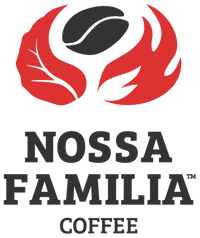



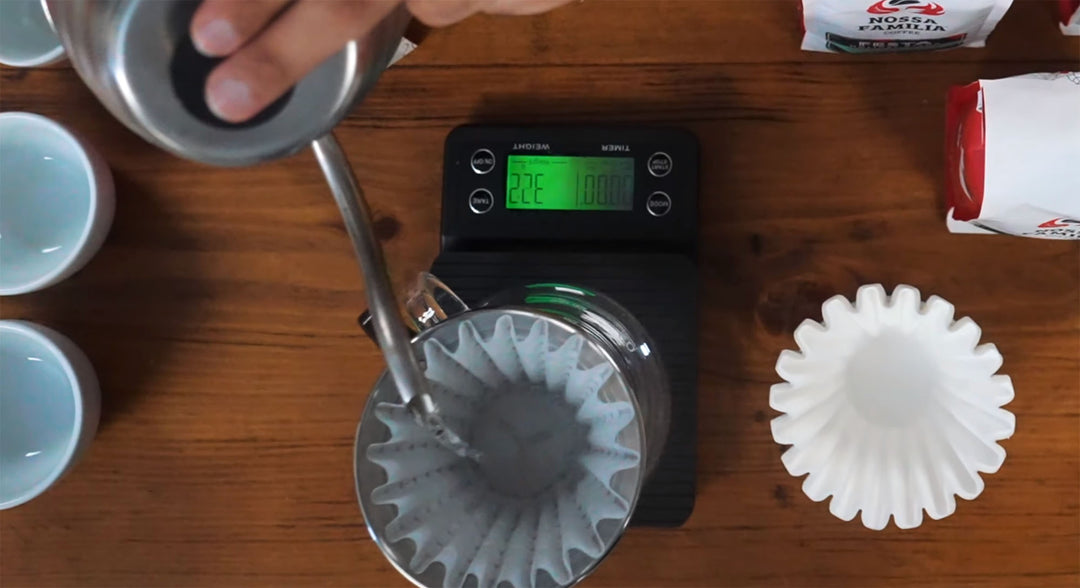
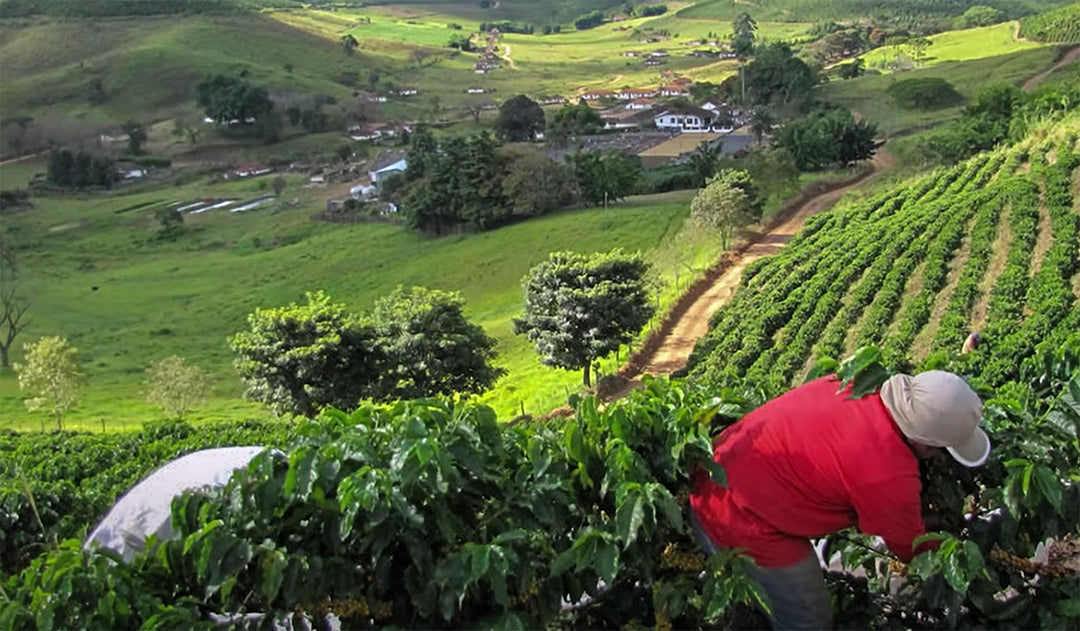
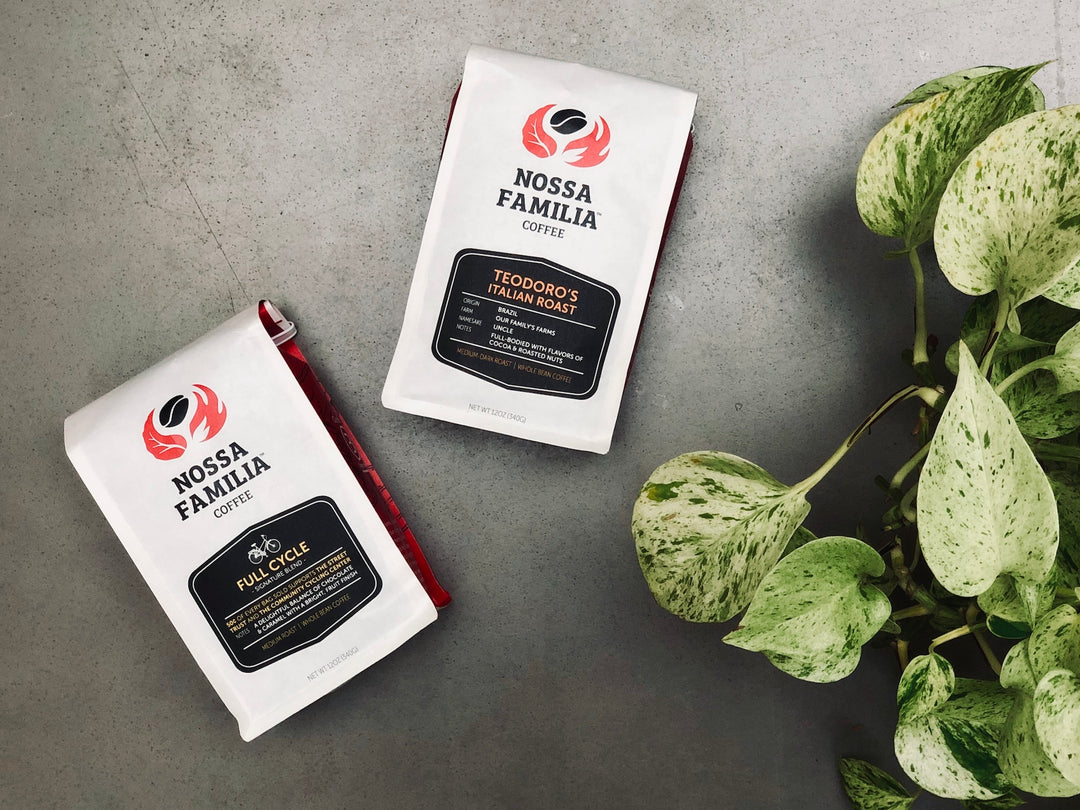

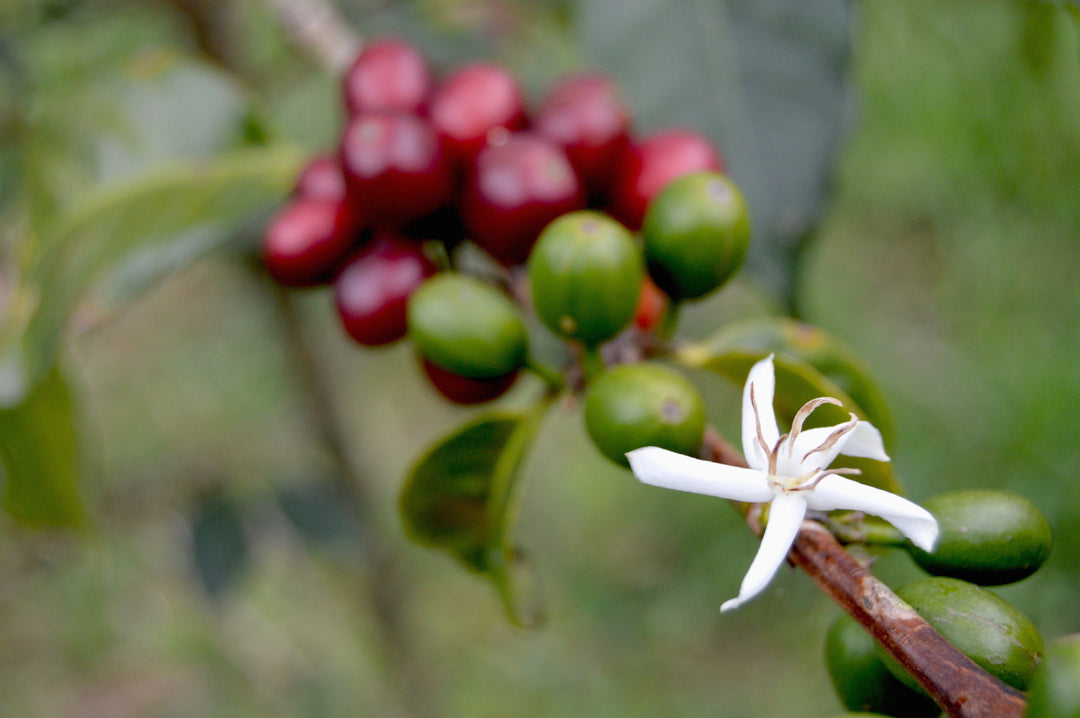

Leave a comment